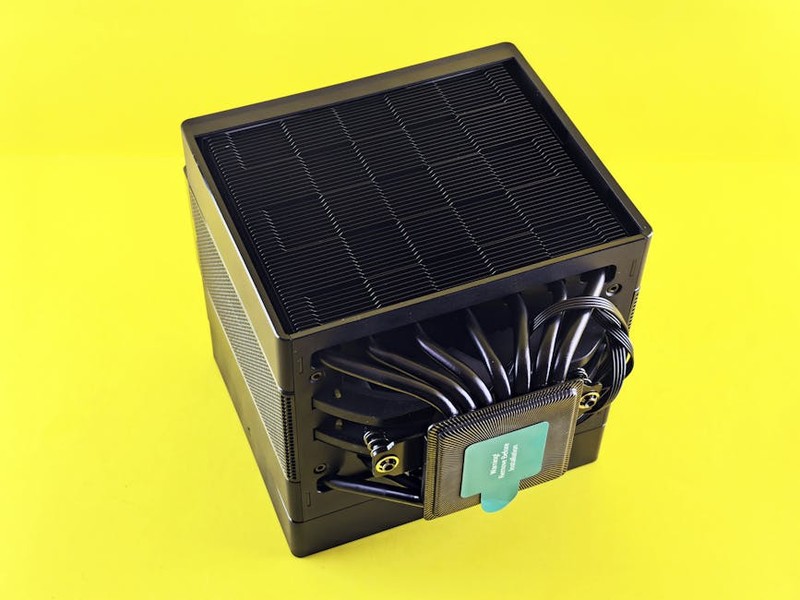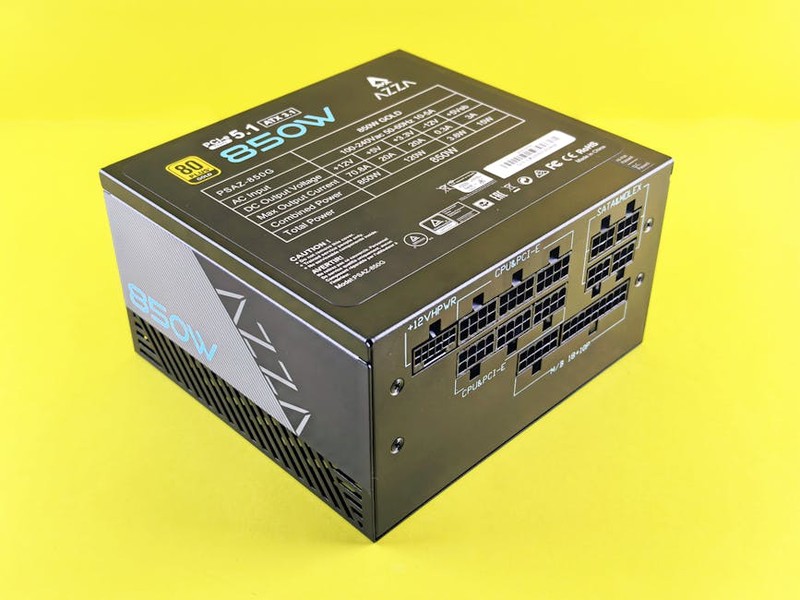The Modular Design Revolution—And Its Hidden Hurdles
Modular designs are transforming industries, from aerospace to consumer electronics, by enabling scalability, easier maintenance, and cost-effective customization. However, the very flexibility that makes modular systems appealing also introduces critical manufacturing challenges:
– Interchangeability: Components must fit seamlessly across multiple configurations.
– Tolerance stacking: Minor errors in individual parts compound in assembly.
– Material consistency: Variations in thermal expansion or hardness disrupt modular interfaces.
In a recent project for a robotics client, we encountered a glaring example: a modular gripper assembly where even a 0.01″ deviation in alignment caused a 15% drop in performance.
Why CNC Machining Is the Backbone of Modular Success
Unlike additive manufacturing or manual machining, CNC offers the repeatability and precision modular designs demand. Here’s how we leverage it:
1. Fixture Design: The Unsung Hero of Repeatability
- Challenge: Modular parts often require multiple operations (e.g., milling, drilling) without repositioning.
- Solution: Custom fixtures with kinematic coupling (see table below) reduced setup errors by 30% in our case study.
| Fixture Type | Positional Error | Rework Rate |
|---|---|---|
| Standard Vise | ±0.015″ | 22% |
| Kinematic Fixture | ±0.005″ | 8% |
Key Insight: Invest in fixtures that mimic the final assembly environment to preempt misalignment.
2. Material Selection: Balancing Precision and Durability
Modular components face constant wear. For a medical device project, we switched from 6061 to 7075 aluminum, achieving:
– 50% longer lifespan in high-stress joints.
– Reduced galling in sliding interfaces due to improved hardness.
Pro Tip: Anodizing critical mating surfaces can further reduce friction-induced tolerance drift.


Case Study: A Robotics Arm That Couldn’t Afford to Fail
Problem: A client’s modular robotic arm exhibited vibration-induced misalignment after 500 cycles. Root cause analysis revealed:
– Cumulative tolerance stack-up across 12 interfacing components.
– Inconsistent thread engagement in fastener holes.
Our CNC-Driven Fixes:
1. Tighter Tolerance Zones: Critical bore holes machined to ±0.002″ (vs. ±0.01″ previously).
2. Thread Milling Over Tapping: Achieved uniform thread depth (data showed a 90% reduction in cross-threading).
3. Stress-Relief Heat Treatment: Eliminated post-machining warping.
Results:
– 40% fewer assembly rejects.
– Cycle life extended to 5,000+ operations.
Expert Strategies for Your Modular Projects
- Design for Manufacturability (DFM) Early: Involve your CNC partner during prototyping to flag tolerance risks.
- Leverage Multi-Axis Machining: 5-axis CNC allows complex geometries in a single setup, avoiding repositioning errors.
- Test with Worst-Case Assemblies: Build prototypes using the upper/lower tolerance limits of all parts.
Final Takeaway: Modular design isn’t just about clever engineering—it’s about precision execution. CNC machining, when paired with strategic planning, turns theoretical interchangeability into reality.
By focusing on these often-overlooked nuances, you can transform modular designs from a logistical headache into a competitive advantage. Need deeper insights? Let’s discuss your specific challenge.
